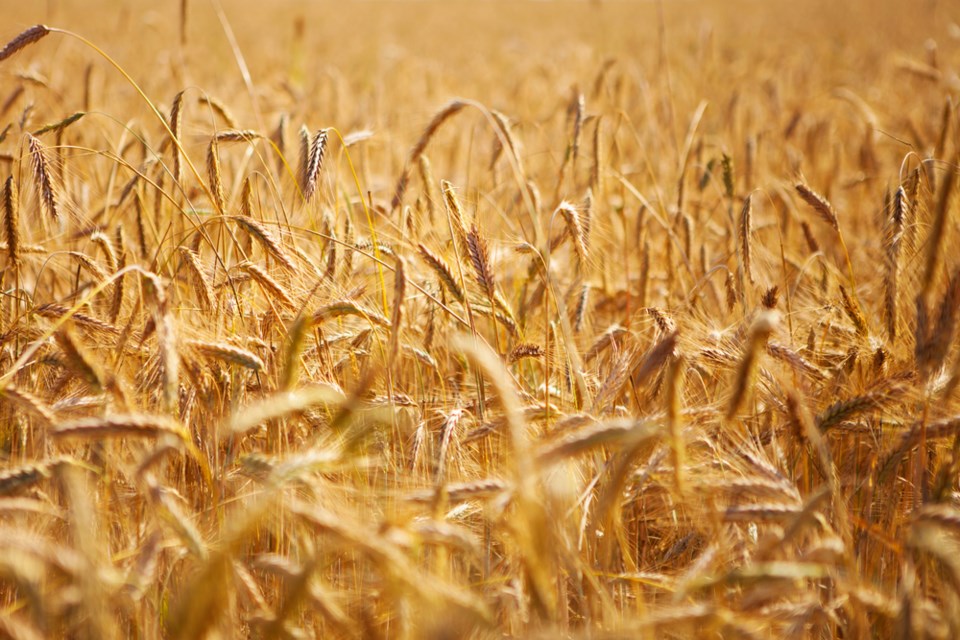Isolated rainfall and thunderstorms resulted in varying amounts of precipitation over the past week with accumulations ranging from 0 mm to 38.8 mm.
Some storms were accompanied by intense rain, and hail.
The Environment and Climate Change station in Gimli recorded 31.2 mm over several hours on July 10.
The East, Central, and western portions of the Southwest region received the most rain over the past seven days.
Southwest
Another week of hot, dry conditions stressed the crops, but rain later in the week provided some relief.
Most cereal crops have been sprayed with fungicide, and producers continue to apply fungicide to canola, with added attention to hail-affected areas.
Winter wheat and fall rye are in the head fill stage, and early crops are starting to turn, likely due to the dry conditions.
Spring cereals range from the flag leaf stage to late anthesis, with some early-seeded crops reaching the head fill stage.
Most fungicide applications are complete.
Some later-sown fields may still receive an application, unless weather conditions make it unnecessary.
Barley and oats are filling well.
Most canola crops are flowering, with early-seeded crops in full bloom.
Several fields received fungicide applications over the past week.
There are no major insect concerns yet, but producers are monitoring their fields closely.
Soybeans are at the R1 to R2 growth stages.
The crops look fair but require rain, with many acres showing leaves flipping over, to tolerate heat and moisture stress.
Some late weed growth is present in areas where stands are thin.
Nodulation generally appears good.
Most peas are flowering and podding in many areas.
Producers have completed the first fungicide application for disease management, while some are assessing the timing for a second application if needed.
Aphids and related damage are also being monitored.
Corn is in the pre-tassel stage, approximately V7, with some tassels starting to emerge.
The crop is dark green and weathering the drought well; however, light sandy soils without rainfall are showing severe signs of stress.
Flax crops are in the early flower stage but are not as tall as usual.
Sunflowers are near or at the R1 stage, with some nice crops observed.
In-crop herbicide applications are complete.
Northwest
High temperatures again this week helped crops progress and contributed to dry conditions in some areas.
Many stations remain well below normal precipitation amounts.
Areas with lighter soils are starting to show the effects of moisture stress.
Fungicide applications are continuing in most crops that have reached the appropriate stage.
Herbicide applications are wrapping up as most crops progress.
Fall rye and winter wheat crops continue in the late milk/early soft dough stage.
Spring wheat crops continue into the flowering stage and the most advanced fields have moved into grain filling stage.
Field peas mostly look good and are at R3 stage with some nearing R4.
Where moisture is limited, crops are stressed with recent high temperatures.
Canola crops continue to be varied across the region.
Depending on seeding date and moisture conditions for germination, crop stages differ greatly.
Majority of crops are in some stage of flowering, while later seeded crops are at approximately the bolting stage.
The odd field is at rosette stage.
Recent high temperatures have caused some pod abortion.
Soybean crops are growing nicely and most advanced crops are at R2-R3 stage.



